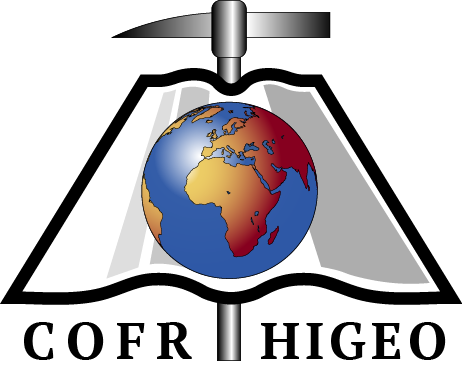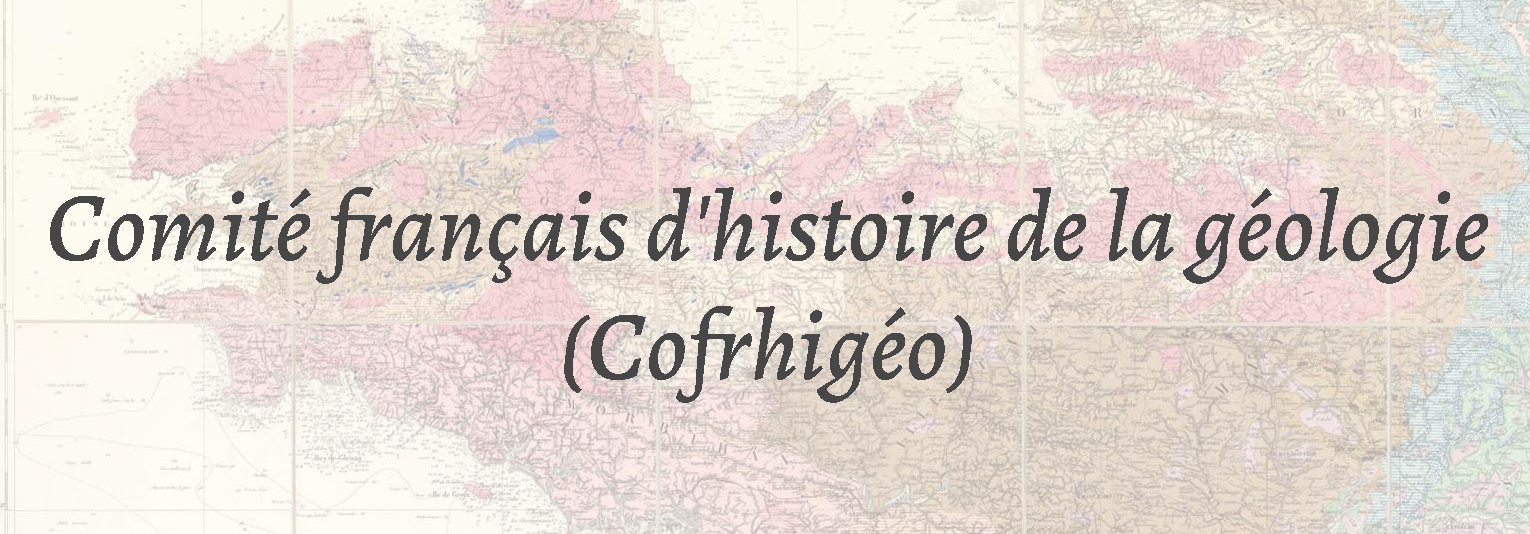From Louis XIII (1620) to the Inhigeo Symposium (2022): four centuries of Miocene palaeontology and stratigraphy at Sainte-Croix-du-Mont (Aquitaine, France)
Résumé
In September 2022, 402 years after the visit of Louis XIII, the participants of the INHIGEO Symposium visited the amazing site of Sainte-Croix-du-Mont (Guyenne, Western France), first described in 1622 by Pierre de L'Ancre. Known for his condemnation of alleged witches to the stake, de L'Ancre included one of the earliest memoirs on the geology of Aquitaine in his book on demonology, L'incredulité et mescreance du sortilege (1622). In this discourse, of which large extracts translated into English are included in the appendix, he described the Miocene shelly sediments of Sainte-Croix-du-Mont and reminded his readers of Louis XIII's visit to this site in 1620. Regarding the origin of these shells, he hesitated between an in-situ generation of the fossils (i.e., lusus naturae), their deposition in an ancient sea and their transport by the biblical Flood. He described the layers (called « stages ») from the bottom to the top, thus probably understanding their chronological succession and the principle of superposition, before Steno formally stated it (Steensen, 1669). In 1718, Jules Bellet and Isaac Sarrau de Boynet, of the Academy of Bordeaux, studied the same outcrop; they suggested an organic origin because of the scar left by the adductor muscle on the shells and the effervescence of the latter in vinegar. Sarrau de Boynet, however, refused to admit that the sea had reached this place and adopted the surprising thesis of an anthropic accumulation of oysters, which Montesquieu was reluctant to accept. In his famous manuscript Telliamed, Benoît de Maillet assumed a marine origin for these fossils, as did other scientists in the second half of the 18 th century, such as Nicolas Desmarest. The systematic study of the shelly sediments of this region began in the 1830s, with the detailed work of Jean-Pierre Sylvestre de Grateloup. These studies, carried out mainly in the Saucats area, about 25 km from Sainte-Croix-du-Mont, led to the definition of two Miocene stratotypes, the Aquitanian by Karl Mayer in 1858 and the Burdigalian by Charles Depéret in 1892.
Origine : Fichiers éditeurs autorisés sur une archive ouverte

